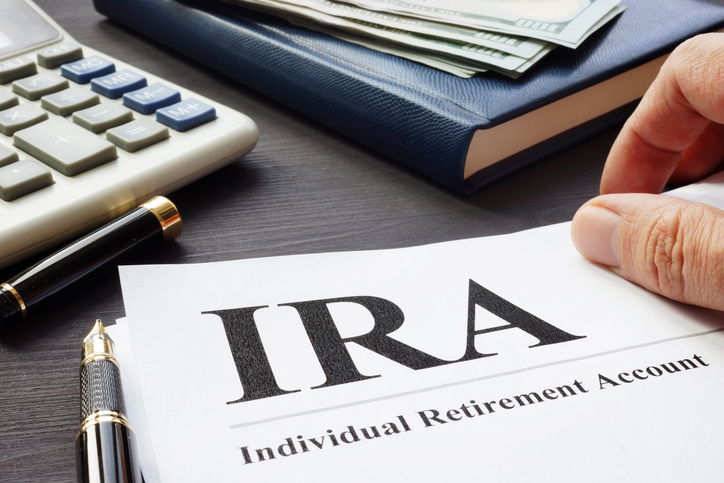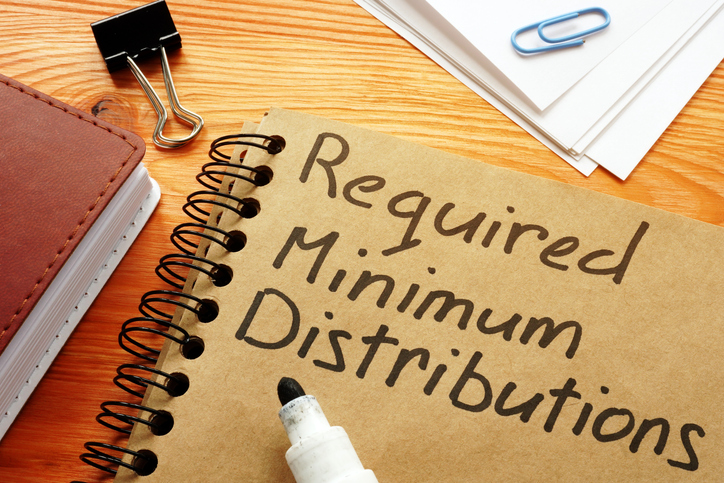Inheriting an individual retirement account (IRA) comes with specific tax obligations that can feel overwhelming during an already difficult time. One of the most important requirements to understand is the required minimum distribution (RMD) for an inherited IRA. This determines how much money you must withdraw each year. Unlike traditional IRAs, where distributions typically begin at age 72, inherited IRAs often require beneficiaries to start taking distributions sooner. This depends on their relationship to the original account holder and when they inherit the account. The calculation process involves several factors, including your age, the account value and your relationship to the deceased. If you have an IRA, this is how to calculate the RMD for an inherited IRA.
Ask a financial advisor about the best strategy for your retirement planning so you can enjoy your sunset years.
RMD Rules for an Inherited IRA
When you inherit an IRA1, your relationship to the original account owner determines your distribution requirements. Spouses have the most flexibility, with options to treat the inherited IRA as their own or maintain it as an inherited account.
Non-spouse beneficiaries face more restrictive rules, particularly following the SECURE Act of 2019. This eliminated the stretch IRA strategy for many inheritors. Most non-spouse beneficiaries now fall under the 10-year rule2 for inherited IRAs. Under this regulation, the entire account must be empty by December 31st of the tenth year following the original owner’s death. Annual withdrawals are not mandatory during this period. However, the account balance must reach zero by the deadline to avoid substantial penalties.
- Surviving spouses
- Disabled or chronically ill individuals
- Beneficiaries not more than 10 years younger than the deceased
- Minor children of the account owner (though only until they reach majority age).
These beneficiaries can take distributions based on their life expectancy.
The timing of the original account owner’s death relative to their required beginning date (RBD) affects inheritance rules. If they died before their RBD, different options may be available, compared to if they died after beginning required minimum distributions. This distinction can significantly impact the distribution schedule for beneficiaries.
How to Calculate the RMD for an Inherited IRA

When determining how to calculate the RMD in an inherited IRA, it depends on whether you are a spouse, a non-spouse individual or a non-individual beneficiary, such as an estate or charity.
- Spouses may have the option to treat the IRA as their own. This can delay RMDs until age 73, or they can follow the beneficiary rules.
- Non-spouse beneficiaries typically must follow the 10-year rule, withdrawing the entire account within 10 years of the original owner’s death. They may also need to take annual RMDs if the original owner was already taking them.
Understanding which rules apply to your situation is the first step in accurate calculation.
- Find your age on the table for the year following the original owner’s death.
- Divide the inherited IRA balance as of December 31 of the previous year by the life expectancy factor corresponding to your age.
- Each subsequent year, reduce the factor by one to calculate the new RMD.
This process ensures that withdrawals are spread out over your expected lifetime, per IRS regulations.
Spouses who inherit an IRA have more flexibility. They can roll the account into their own IRA, delay RMDs until they reach the required age or use the life expectancy method. Minor children of the original account holder can use the life expectancy method until they reach the age of majority. After that, the 10-year rule applies. These exceptions can significantly affect the timing and amount of your required withdrawals. Therefore, it is wise to review your options carefully.
Calculating RMDs from an inherited IRA can be complex, especially with recent changes in tax law and varying beneficiary categories. Mistakes can lead to costly penalties, so consulting a financial advisor or tax professional is always a good idea. They can help you interpret IRS rules, select the best withdrawal strategy and ensure you remain compliant while maximizing the benefits of your inheritance.
Do Your RMD Requirements Change if You Have Multiple IRAs?
When you own multiple IRAs, your RMD requirements do not fundamentally change. However, they do offer some flexibility in how you withdraw funds.
The IRS still requires you to calculate the RMD for each IRA separately based on its year-end balance and your life expectancy factor. However, you may aggregate the total RMD amount from your traditional IRAs and withdraw that sum from any one IRA or any combination of your IRAs.
It is important to understand that this aggregation privilege applies only within the same type of retirement accounts. For example, you can group together traditional IRAs, SEP IRAs and SIMPLE IRAs for RMD purposes. However, 401(k)s, 403(b)s and inherited IRAs each have their own separate RMD requirements that you cannot combine with your personal IRAs. For these accounts, you must take the RMD from each specific account.
Managing RMDs across multiple accounts requires careful record-keeping. Missing an RMD or withdrawing less than required results in a substantial penalty. This amounts to 25% of the amount not taken but is reduced to 10% if corrected promptly. Many financial institutions offer automatic RMD services to help ensure compliance, but ultimately, the responsibility falls on the account owner to meet all requirements.
If managing multiple IRAs becomes cumbersome, consolidating accounts may simplify your RMD process. While consolidation does not change your total RMD amount, having fewer accounts to monitor can reduce paperwork and make it easier to ensure compliance with IRS requirements.
Bottom Line

Understanding how to calculate the RMD for an inherited IRA can help beneficiaries avoid costly penalties and manage their tax obligations effectively. The process varies, depending on the beneficiary type, when the original account owner passed away and the distribution method. Regardless of your beneficiary status, calculating your required minimum distributions accurately requires attention to detail and often benefits from professional guidance.
Tips for Tax Planning
- Consider working with a financial advisor to determine the best tax strategies based on your inheritance. Finding a financial advisor doesn’t have to be hard. SmartAsset’s free tool matches you with vetted financial advisors who serve your area, and you can have a free introductory call with your advisor matches to decide which one you feel is right for you. If you’re ready to find an advisor who can help you achieve your financial goals, get started now.
- Consider using a tax calculator to estimate what you might end up paying in federal income tax next year.
Photo credit: ©iStock.com/designer491, ©iStock.com/designer491, ©iStock.com/Wavebreakmedia
Read the full article here









